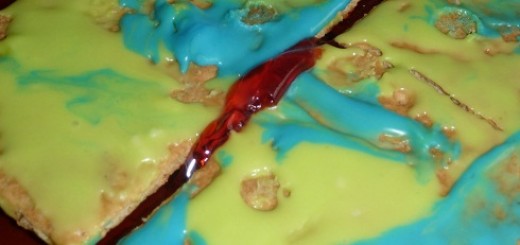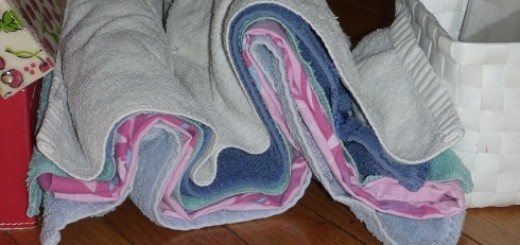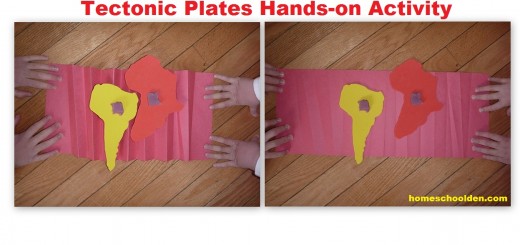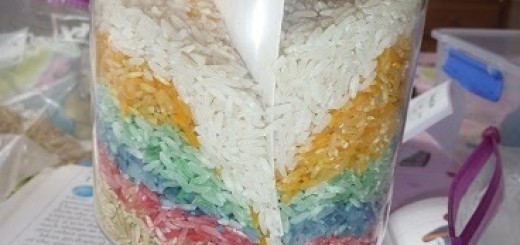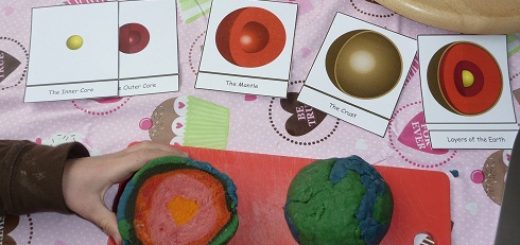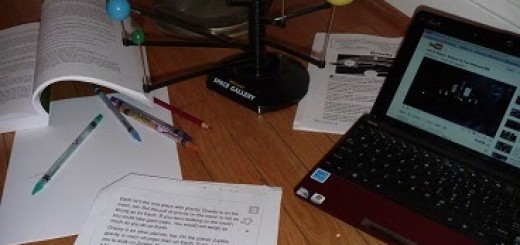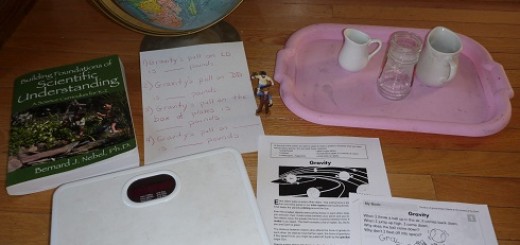Earth Science: Timeline of Earth Activity
For those of you who know much about Montessori, you’ll recognize “The Black Strip.” This is an impressionistic activity that is meant to impress kids with the enormity of time on Earth. Our version was the purple ribbon strip — and it is only 21 feet (as my ribbon ream was 7 yards!). But it still shows how very little time we humans have been on Earth relatively speaking. I’m...


